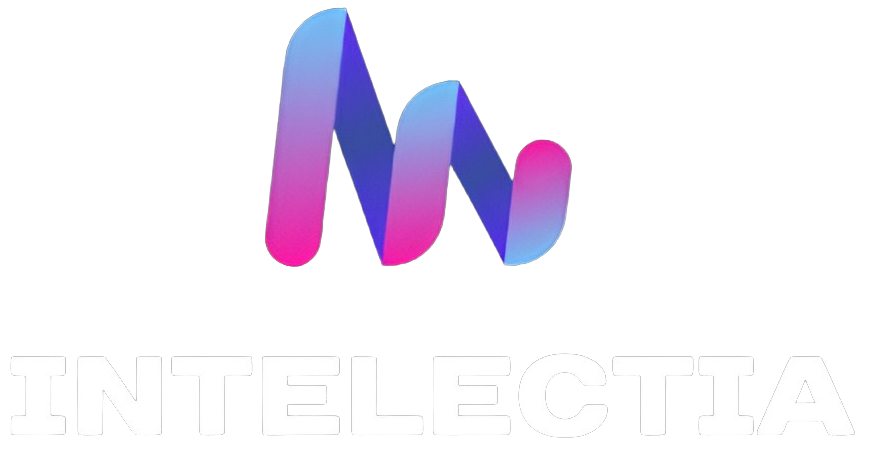In the ever-evolving landscape of healthcare, the digitization of medical records and documents has become essential for improving efficiency, accuracy, and patient care. One of the key technologies driving this transformation is Optical Character Recognition (OCR). OCR technology plays a vital role in converting paper-based documents into digital formats, allowing healthcare providers to manage information more effectively. This article explores the definition of OCR, its usage in the health sector, the challenges it faces, and the significant benefits it offers to healthcare organizations.
OCR Definition
Optical Character Recognition (OCR) is a technology that enables the conversion of different types of documents—such as scanned paper documents, PDFs, or images taken by a digital camera—into editable and searchable data. OCR technology works by analyzing the shapes of characters in a document, recognizing them, and then converting them into machine-encoded text. This process involves several stages, including image preprocessing, character recognition, and post-processing, to ensure the highest level of accuracy in the extracted text.
At its core, OCR is a text extraction technology that transforms images of text into digital information. This transformation is particularly important in the healthcare sector, where vast amounts of data are stored in physical documents, such as patient records, medical charts, and billing forms. By using OCR, healthcare providers can digitize these documents, making them easier to access, store, and manage.
One of the primary advantages of OCR is its ability to convert paper-based medical records into Electronic Health Records (EHR). This conversion is crucial for modernizing healthcare systems, as it allows for seamless sharing of patient information across different departments and facilities. Additionally, the digitization of medical records through OCR reduces the reliance on physical storage, minimizing the risk of data loss and enhancing the security of sensitive patient information.
OCR Usage in the Health Sector
The use of OCR in the health sector is extensive and encompasses a wide range of applications. One of the most significant uses of OCR is in the digitization of patient records. Traditionally, patient records have been maintained as physical files, which are cumbersome to manage and prone to errors. OCR technology automates the digitization process, allowing healthcare providers to quickly convert these records into digital formats that are easier to search, retrieve, and update.
OCR applications in healthcare also extend to areas such as billing, insurance claims processing, and administrative documentation. In the context of medical billing, OCR can automatically extract relevant information from paper-based billing forms, reducing the time and effort required for manual data entry. This not only speeds up the billing process but also minimizes the likelihood of errors, leading to faster payments and improved cash flow for healthcare providers.
Another critical application of OCR is in the management of medical data automation. By automating the extraction and processing of data from medical documents, OCR helps streamline workflows and reduce administrative burdens. For example, when processing insurance claims, OCR can identify and extract necessary information from claim forms, enabling quicker and more accurate claims processing. This automation reduces the workload on administrative staff, allowing them to focus on more critical tasks.
Furthermore, OCR enhances the accuracy and reliability of Electronic Health Records (EHRs) by ensuring that all data is correctly captured and stored. In healthcare, where precision is paramount, the ability to accurately digitize patient information is essential for making informed medical decisions. OCR technology ensures that healthcare providers have access to accurate and up-to-date information, leading to better patient outcomes.
OCR Challenges and Solutions in the Health Sector
Despite its numerous benefits, the implementation of OCR in the health sector presents several challenges. One of the primary challenges is ensuring data privacy and security during the OCR process. Healthcare documents often contain sensitive patient information, and the digitization of these documents must comply with strict data protection regulations, such as the Health Insurance Portability and Accountability Act (HIPAA) in the United States.
To address these security concerns in OCR implementation, healthcare providers must adopt robust security measures. These measures include encryption, secure access controls, and regular audits to ensure compliance with data protection standards. Additionally, OCR systems must be designed to handle sensitive information securely, with built-in safeguards to prevent unauthorized access or data breaches.
Another challenge is the accuracy of OCR when processing complex medical documents. Medical records often contain handwritten notes, abbreviations, and specialized terminology that can be difficult for OCR systems to recognize accurately. This can lead to errors in the digitized data, which can have serious implications for patient care and decision-making.
Improving OCR accuracy in healthcare requires the use of advanced OCR software that incorporates machine learning and AI to enhance character recognition. By training OCR systems on large datasets of medical documents, these systems can learn to recognize complex terminology and handwriting styles more effectively. Additionally, manual verification processes can be implemented to double-check the accuracy of digitized documents, ensuring that any errors are identified and corrected before they can impact patient care.
Another solution to enhance OCR performance is to tailor OCR systems specifically for healthcare applications. By customizing OCR software to recognize specific medical terminology and document formats, healthcare providers can significantly improve the accuracy and reliability of their document digitization processes. This customization ensures that OCR technology meets the unique needs of the health sector, enabling healthcare organizations to fully leverage its benefits.
OCR Benefits in the Health Sector
The adoption of OCR technology in the health sector offers numerous benefits that extend beyond just the digitization of documents. One of the most significant benefits is the efficiency improvements in healthcare operations. By automating the document management process, OCR allows healthcare providers to process more documents in less time, freeing up valuable resources to focus on patient care.
Cost savings through OCR is another major benefit. Traditional document processing methods often require significant investment in terms of time, labor, and physical storage. OCR reduces these costs by automating the processing and storage of documents, allowing healthcare organizations to allocate their resources more effectively. This cost efficiency is particularly important in an industry where financial pressures are constantly increasing.
Enhanced patient care with OCR is perhaps the most compelling reason for adopting OCR in the health sector. With OCR, healthcare providers can ensure that patient records are accurate, up-to-date, and easily accessible. This not only improves the quality of care but also reduces the risk of medical errors. By enabling quicker access to accurate medical records, OCR enhances the decision-making process, leading to better patient outcomes.
Moreover, OCR technology streamlines workflows by reducing the administrative burdens associated with manual document processing. This allows healthcare staff to dedicate more time to patient care, rather than being bogged down by paperwork. The result is a more efficient and patient-centered healthcare system.
Finally, the digitization of medical records through OCR plays a critical role in ensuring compliance with industry regulations. By maintaining accurate and secure digital records, healthcare providers can easily meet regulatory requirements and avoid the risks associated with non-compliance. This not only protects patient data but also enhances the overall credibility and trustworthiness of healthcare organizations.
Do you want to implement a document analysis system based on Artificial Intelligence?
At Intelectia we can offer you the security of having an OCR system so that your company can improve its quality of work.
On the other hand, we also offer Intelligent Voice Processing services for all types of companies.Do not hesitate to contact us, or book a meeting and we will help you in everything that is in our hands.

